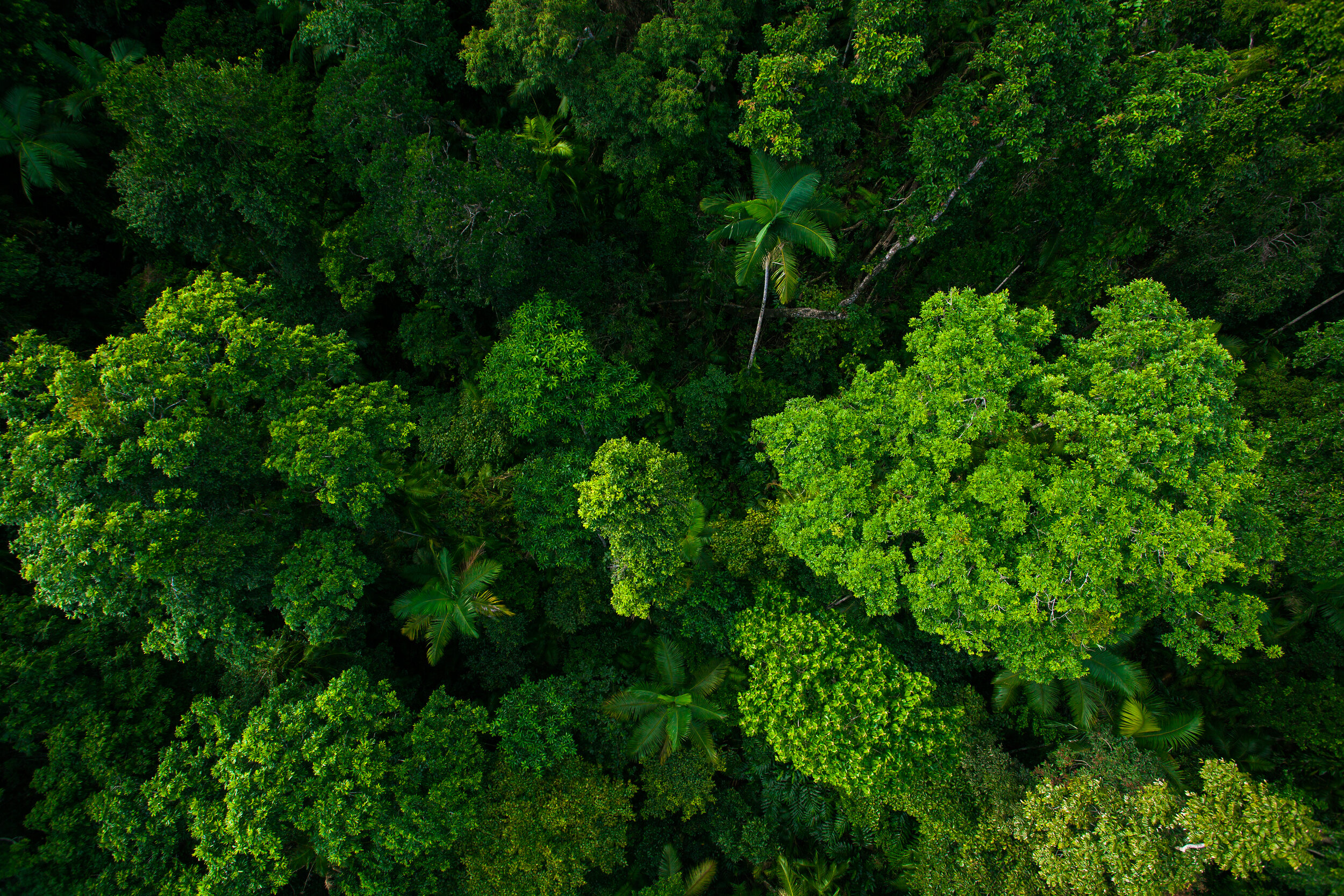
Soundscape Baselines Project
Scientific publications
At the moment, we are analyzing first months of soundscapes from the current baseline locations. Meanwhile, check out our featured bioacoustic publications below! For full list of publications, please see Google Scholar.
Large circles: Soundscape Baselines Locations, blue circles: other soundscape recordings
Methods
You have continuous soundscape data. Now what?
In this paper in Methods in Ecology and Evolution, we propose a framework for characterizing and comparing time series of soundscape data. This method can be useful when you don’t have a particular species of interest, but want to know about the broader soundscape patterns. Is the soundscape going through regular daily cycles? Are these cycles disrupted or changing over time, e.g. with climate change? Are the temporal patterns in your soundscape similar between groups of sites?
Useful for: scientists analyzing continuous ecological data, such as acoustic indices
Code: available including sample dataset
Citation: Yoh, N., Haley, C.L., Burivalova, Z. 2024. Time series methods for the analysis of soundscapes and other cyclical ecological data. Methods in Ecology and Evolution, 15:1158-1176
You want to use machine learning but don’t have a good species’ call library:
If you are looking to detect bird species calls, the first option to try might be BirdNET. But often we want to classify sound types, without necessarily knowing which species they belong to, because they might even be sounds by species not yet described by science in terms of their sound! Or, you might be needing to train your own model to recognize species specific to your study area. Check out our paper in Ecological Indicators about training a model on unique sound type, or ‘sonotypes’, using transfer learning and data augmentation. It also describes how you might build your own sonotypes library.
Useful for: scientists analyzing hyperdiverse soundscapes, such as from rainforests, where sound libraries are incomplete
Code: available including sample dataset
Citation: Sun, Y.m Maeda, T.M., Solis-Lemus, C., Pimentel-Alarcon, D., Burivalova, Z. Classification of animal sounds in a hyperdiverse rainforest using convolutional neural networks with data augmentation. Ecological Indicators, 145, 109621
Soundscapes to understand human impacts
How does forestry, protected areas, and hunting impact biodiversity in Gabon?
In this paper in Biological Conservation, covered by Mongabay, we tried to figure out whether FSC-certified sustainable forestry is better than regular forestry in terms of its biodiversity impact. Along the way, we realized that hunting is a big part of the story - so we used soundscapes not only to measure biodiversity, but also gunshots. We were also privileged to record and analyze soundscapes from a never-logged ancestral forest of the Massaha community. You can read about the story of Massaha’s conservation efforts on Mongabay.
Useful for: foresters, conservation practitioners, government agencies deciding whether to encourage certification
Scientific innovations: recording both biodiversity and threat with the same method, large-scale sampling, GAMMs use on acoustic indices
Citation: Yoh, N., Mbamy, W., Gottesman, B.,L., Froese, G.Z.L., Satchivi, T., Obiang Ebanega, M., Carlson, L., Ekamza Koto, S., Ozdogan, M., Seaman, D.J.I., Maicher, V., Malinowski, H., Poulsen, J., Mbele, A.E., Burivalova, Z. 2024. Impacts of logging, hunting, and conservation on vocalizing biodiversity in Gabon. Biological Conservation 296, 110726.
How does biodiversity recover with forest restoration in Ecuador?
In this paper in Nature Communications, we documented the recovery of vocalizing species, using bioacoustics and environmental DNA meta-barcoding, along a forest restoration gradient. This time, we used several different methods - acoustic indices, as well as machine learning - to analyze the soundscapes.
Useful for: conservation practitioners, restoration experts, funders of forest restoration initiatives
Scientific innovations: analyzing soundscapes using acoustic indices and machine learning, paired with eDNA meta-barcoding
Citation: Müller, J., Mitesser, O., Schaefer, H.M., Seibold, S., Busse, A., Kriegel, P., Rabl, D., Gelis, R., Arteaga, A., Freile, J., Leite, G.A., Nascimento de Melo, T., LeBien, J., Campos-Cerqueira, M., Blüthgen, N., Tremlett, C.J., Böttger, D., Feldhaar, H., Grella, N., Falconí-López, A., Donoso, D.A., Moriniere, J., & Burivalova, Z. 2023. Soundscapes and deep learning enable tracking biodiversity recovery in tropical forests. nature communications 14, 6191.
Underlying theories
Why do birds sing the way they do?
In this project, we looked at all the bird song recordings on xeno-canto, to understand the eco-evolutionary patterns of bird song. By using such an unprecedented size of a dataset, and some clever processing of the recordings, we were able to test major acoustic hypotheses, such as how body mass and beak size relate to the frequency at which a bird makes sounds, or whether the bandwidth of a bird’s song related to longitude.
Useful for: scientists interested in eco-evolutionary hypotheses
Scientific innovations: automatically processing huge amount of recordings from xeno-canto, using DAGs to test the hypotheses
Citation: H.S. Sathya Chandra Sagar, Anand, A., Persche, M.E., Pidgeon, A.M., Zuckerberg, B., Sekercioglu, C.H., Burivalova, Z. 2024. Global analysis of acoustic frequency characteristics in birds. Proceedings of the Royal Society B 291, 2034.






